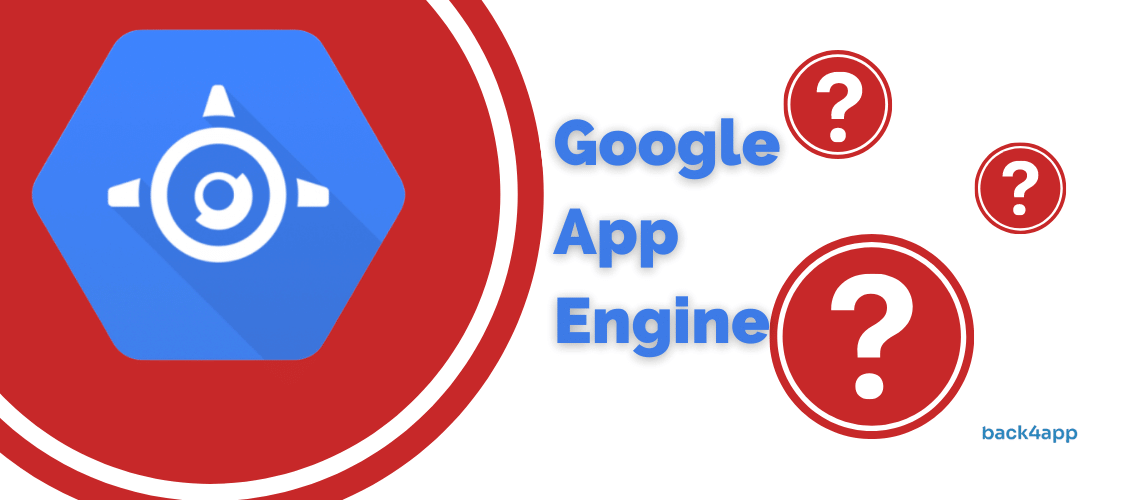This article will compare two of the best PaaS – Platform as a Service options available on the market. It will explore the similarities and differences between Elastic Beanstalk and Open Shift.
Elastic Beanstalk is universally described as – Quickly managing and deploying applications in the cloud of AWS. Right after you upload your application, AWS Elastic Beanstalk quickly and automatically starts handling the deployment details of load balancing, capacity provisioning, application health monitoring, and auto-scaling.
Now, the universal description of OpenShift is – A free Platform-as-a-Service (PaaS) of Red Hat to host PHP, Java, Node.js, Ruby, Perl apps, and Python. In other words, OpenShift is simply Red Hat’s Cloud Computing PaaS offering. This platform is more accustomed to the fulfilment of the requirements of application developers and teams. Mainly, they can build, test, and run their applications on OpenShift in a hassle-free way.
Let’s explore more below:
Read MoreRead More




